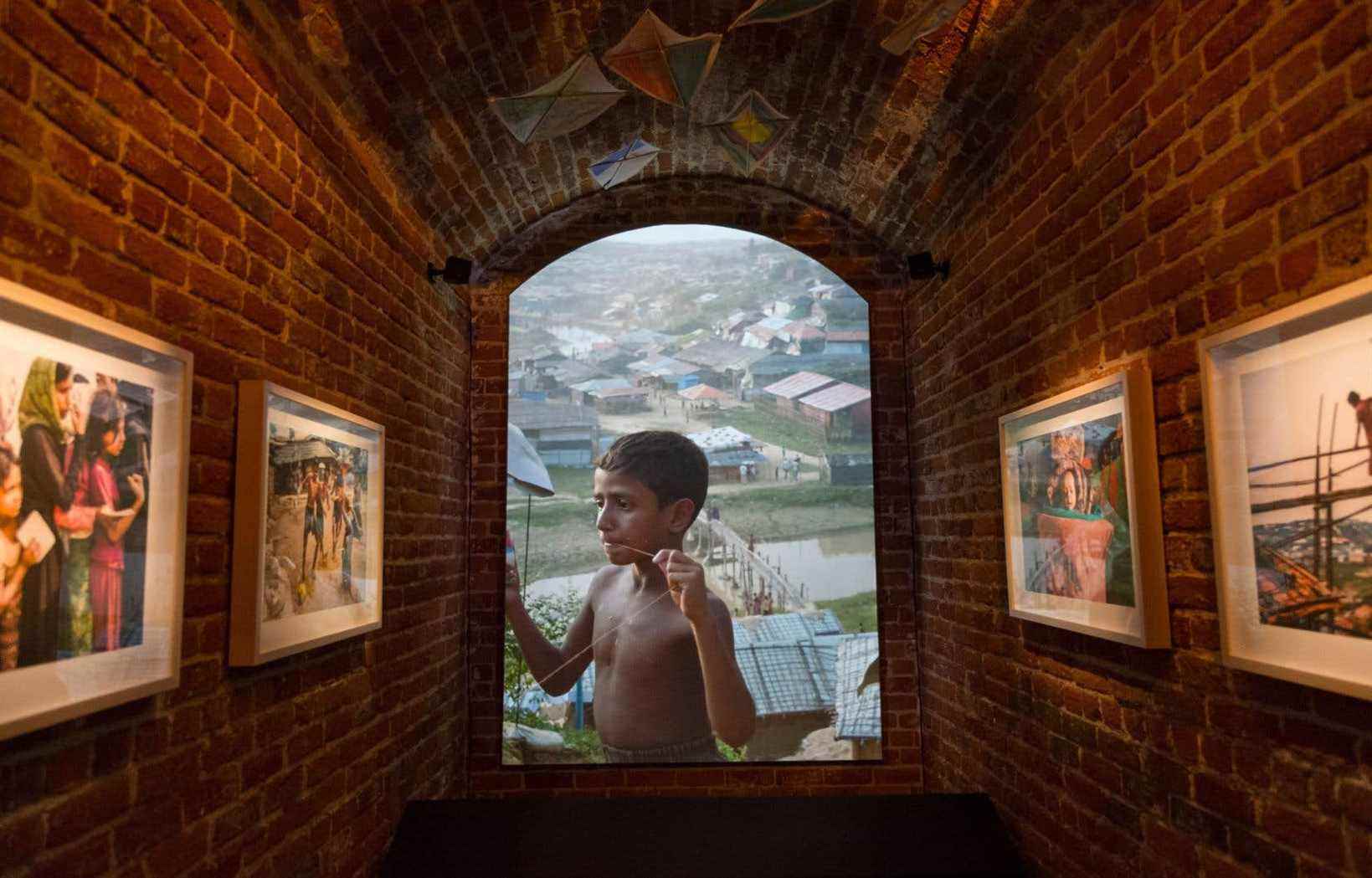This text is part of the special Museums section
In the cells of the former prison integrated into the Charles-Baillairgé pavilion of the Musée national des beaux-arts du Québec (MNBAQ), the multidisciplinary exhibition Wandering without return offers a rather unique immersive experience that reflects the vision of the institution of Quebec: to put art at the service of a humanist sharing.
“Our historic mission is to make known, promote and preserve Quebec art, and ensure a presence of international art for the public here,” explains Linda Tremblay, head of press relations at MNBAQ. But the vision we have for the museum is inclusiveness. We want to offer humanistic, innovative and experiential exhibitions. “
Wandering without return, presented since last May – and still accessible until February 20, 2022 -, embodies this desire for inclusiveness dear to the MNBAQ.
Through photos by photographer Renaud Philippe, video clips and soundscapes by documentary filmmakers Olivier Higgins and Mélanie Carrier, children’s drawings and dioramas created by artist Karine Giboulo, the six cells present six paintings that bring life to life. reality of the Rohingyas, a Muslim minority persecuted by the Buddhist majority in Myanmar and victim of a genocide that has claimed thousands of lives since 2016.
This highly emotional multidisciplinary project, resulting from a “healing” visit by documentary filmmakers to a camp in Bangladesh where 600,000 Rohingya refugees were crowded, aims to “put art at the service of a more humanistic sharing”, reveals Linda Tremblay.
“The experience offered by Wandering joins our vision of inclusiveness, taking a humanistic look at a reality far from us, and making it known to people through art. We cannot copy and pasteWandering with another exhibition project, because it is a unique experience. It is an artistic gathering that allows you to immerse yourself in the reality of the Rohingya refugee camps. “
Emotion at the heart of art
This kind of multimedia immersive experience, as offered by Wandering without return, is not unique to the MNBAQ. There is a trend in the museum world for exhibitions of this type, which are more interactive and where emotion is central to the subject. A way to “be of its time” and to ensure that all audiences recognize themselves, admits Linda Tremblay.
“It’s part of our goals at the museum. We have a desire to be innovative, to use different [moyens d’expression] to provide immersive experiences to our visitors. But it is not because it is a dark subject that we experience emotions: emotion is at the heart of every project. Art allows all subjects to be treated with delicacy, finesse, realism and humanism. “
Does this mean that emotion is something that can be observed in the museum, just like an artefact?
“Emotion is always present at the museum, nuance Linda Tremblay. In front of a work, it does not matter whether it is sound or visual, whether it is a sculpture or a painting, what we experience when being in contact with a work gives us an emotion. For us, the museum experience is that: provoking emotions. “
While the fate of the Rohingyas is moving further and further away from the headlines, visitors are flocking more and more to the MNBAQ. This is an opportunity to arouse renewed curiosity and interest in Wandering without return, and to invite reflection on the interconnection of human beings… but also on the importance of art in one’s daily life.
“In a pandemic, I think we have all realized that art is important and we miss it when we are deprived of it,” concludes Linda Tremblay. Each exhibition project has its own peculiarities, and each theme is unique. Art allows us to explore different areas, and the museum is the place to experience this range of emotions. “
